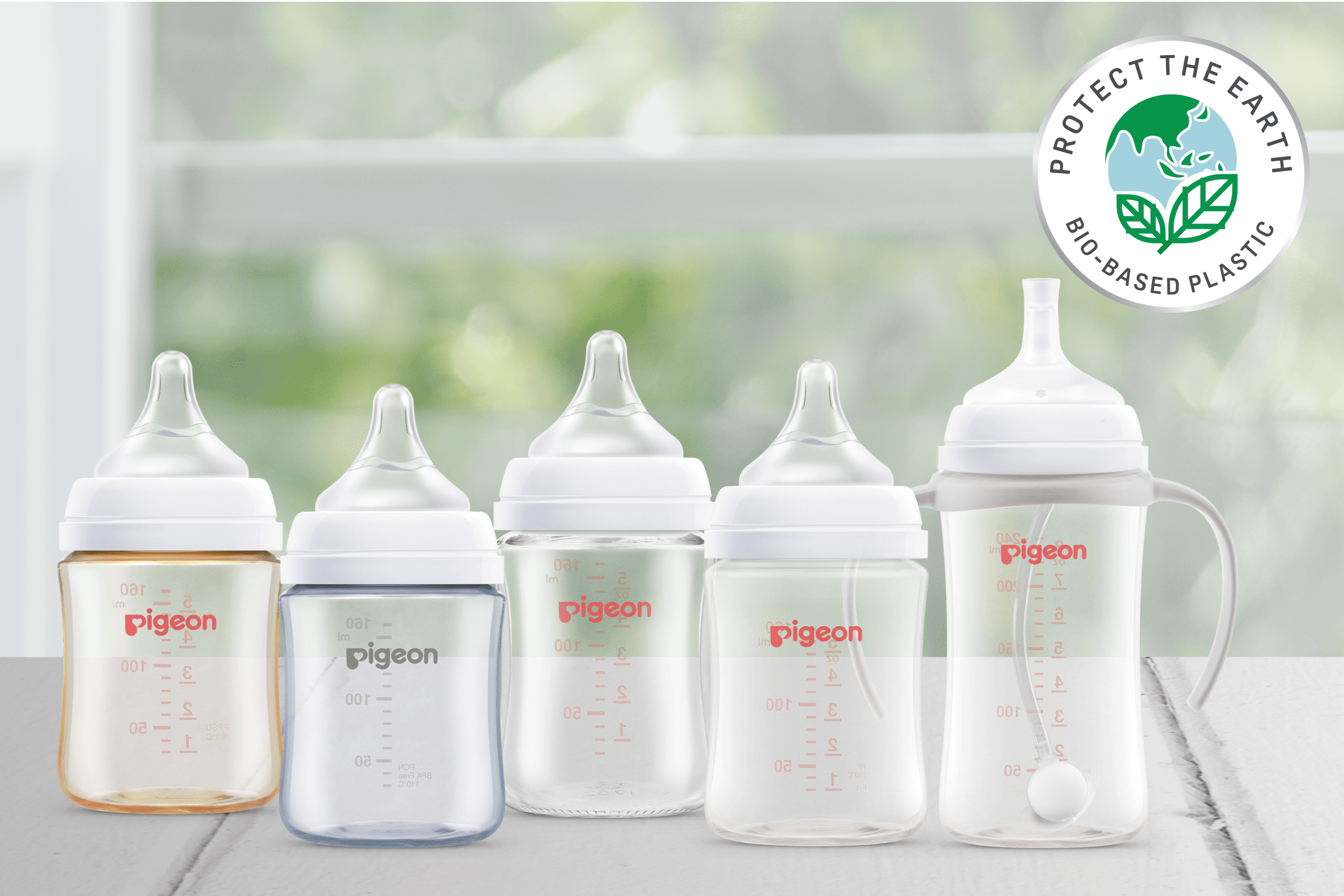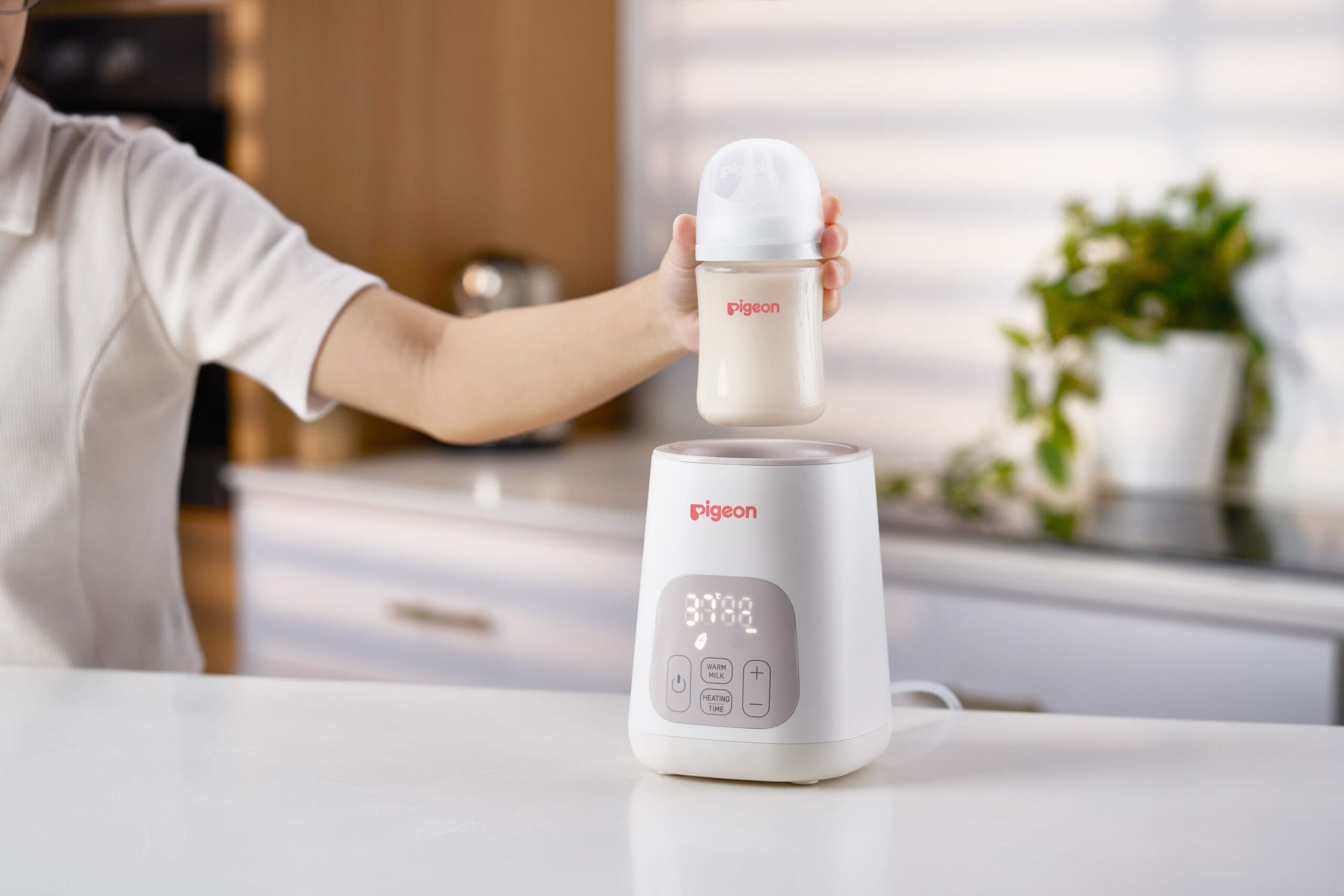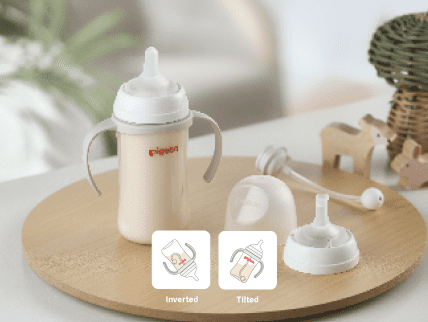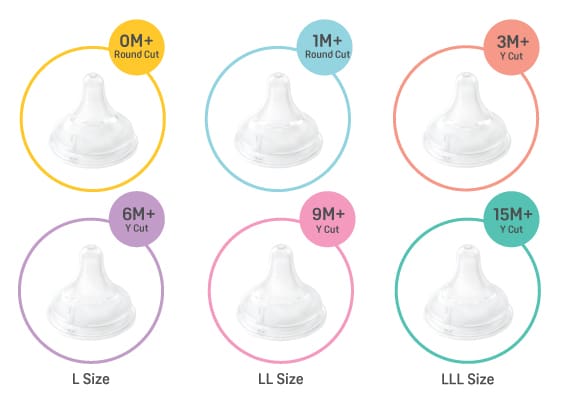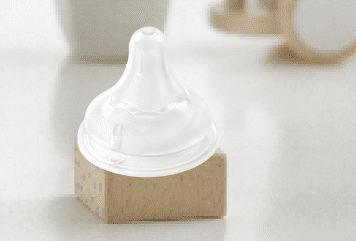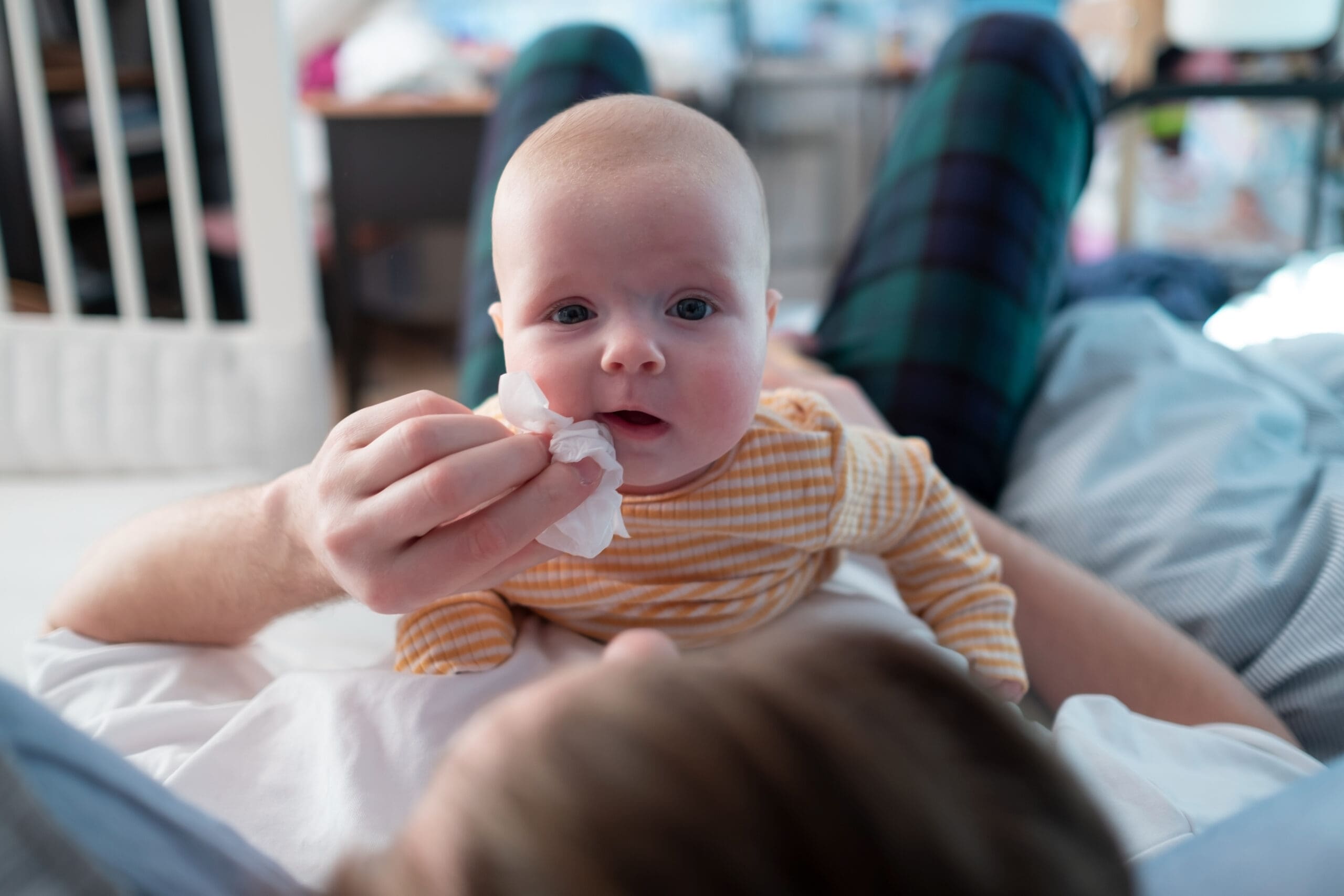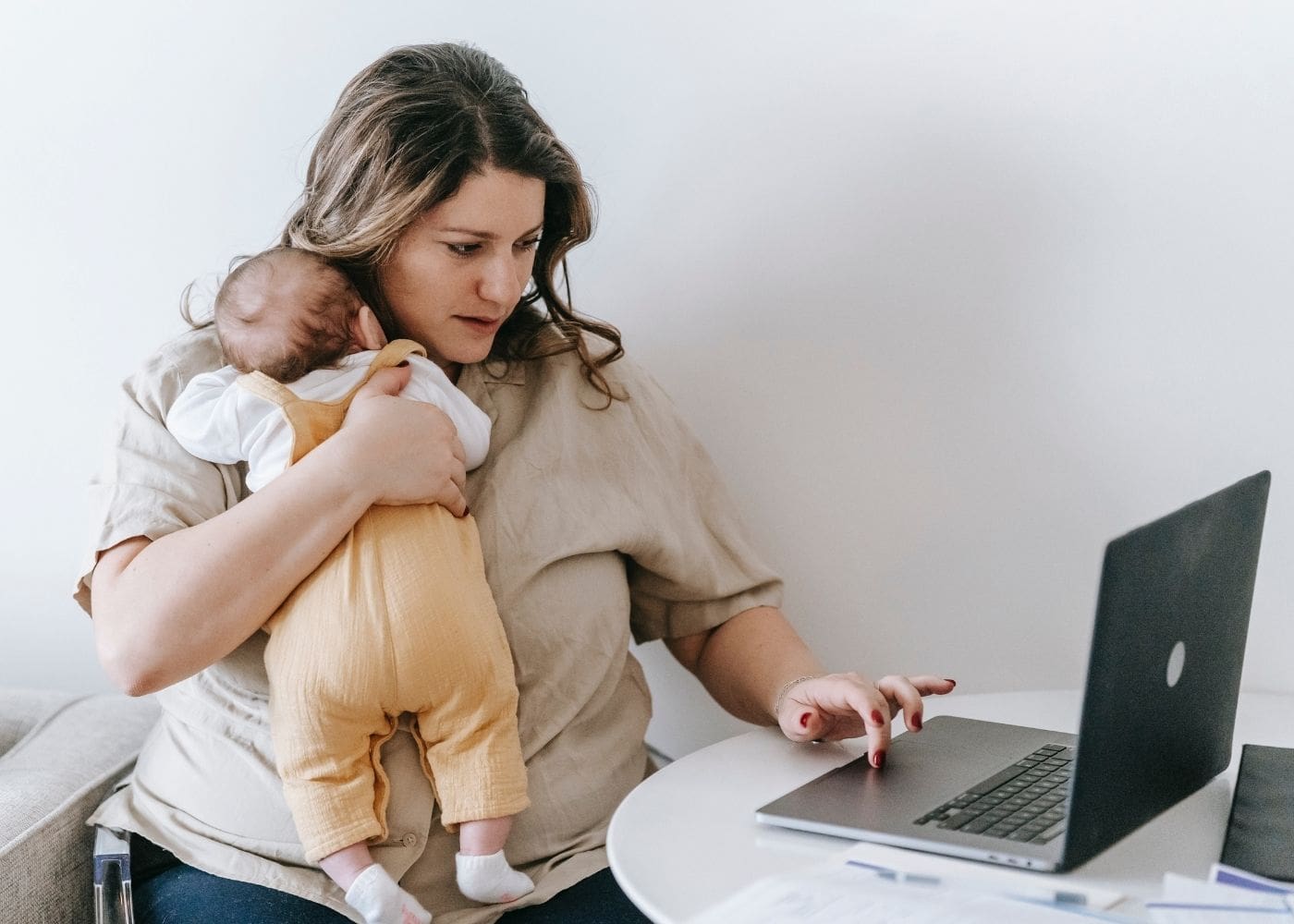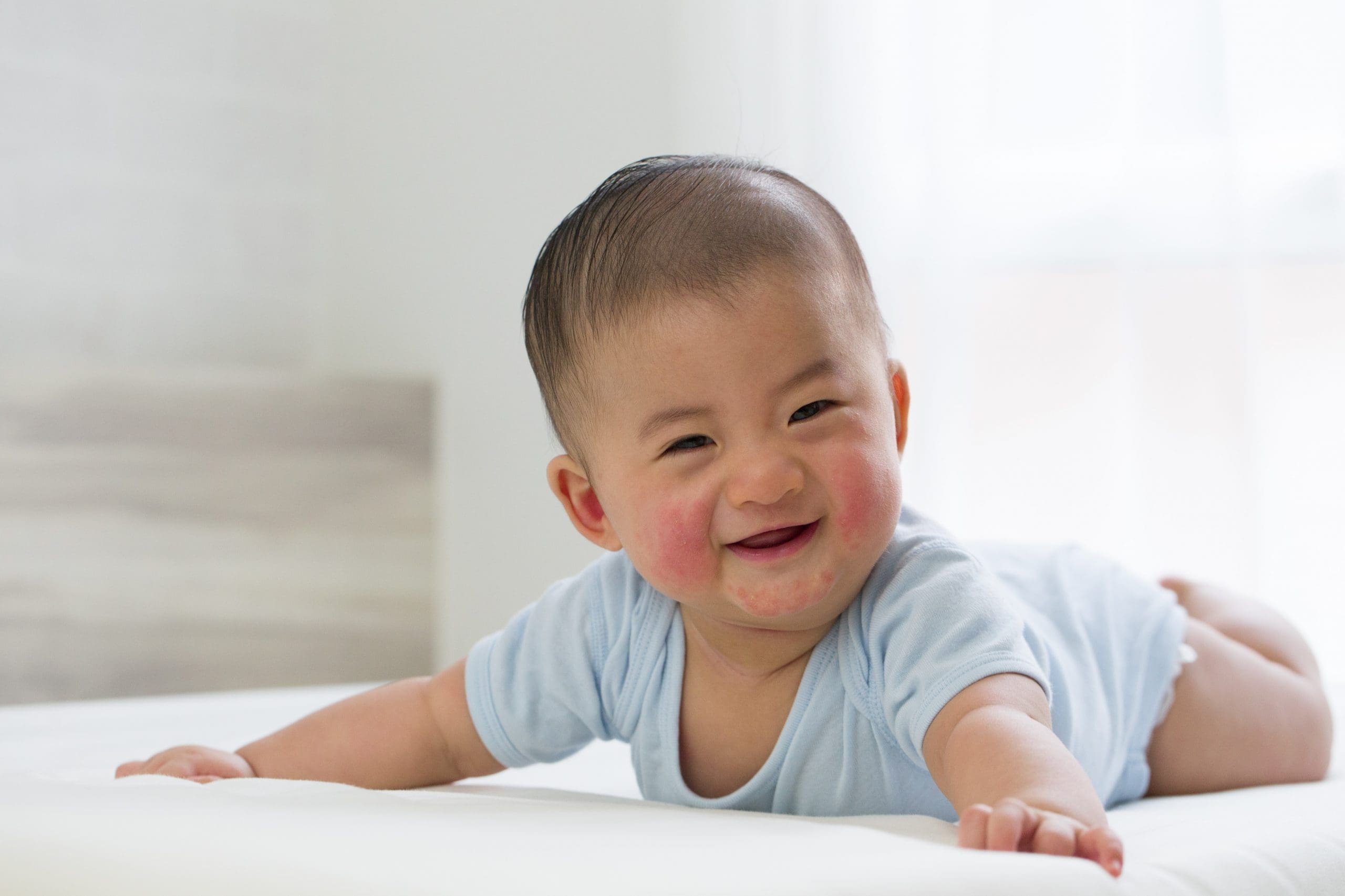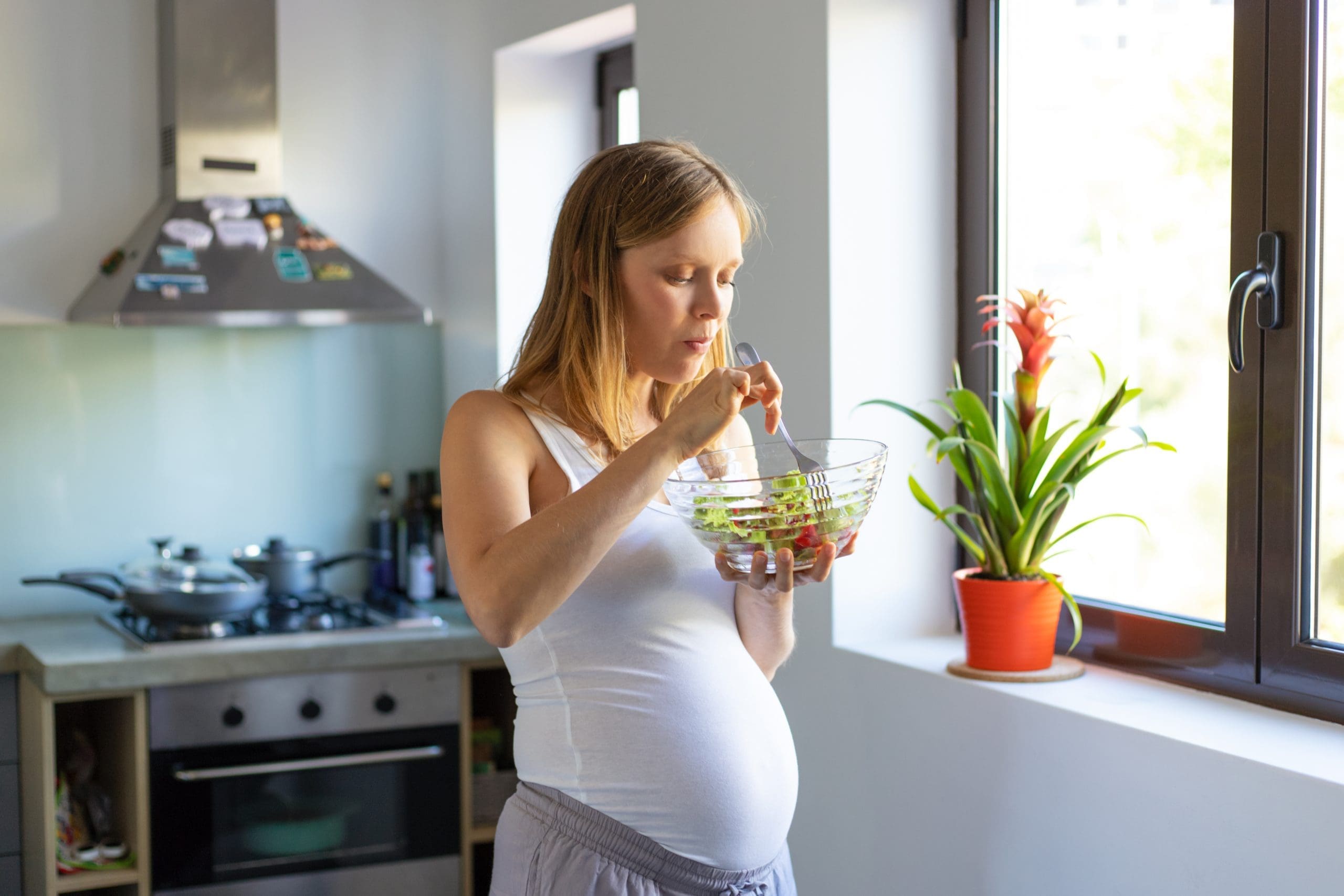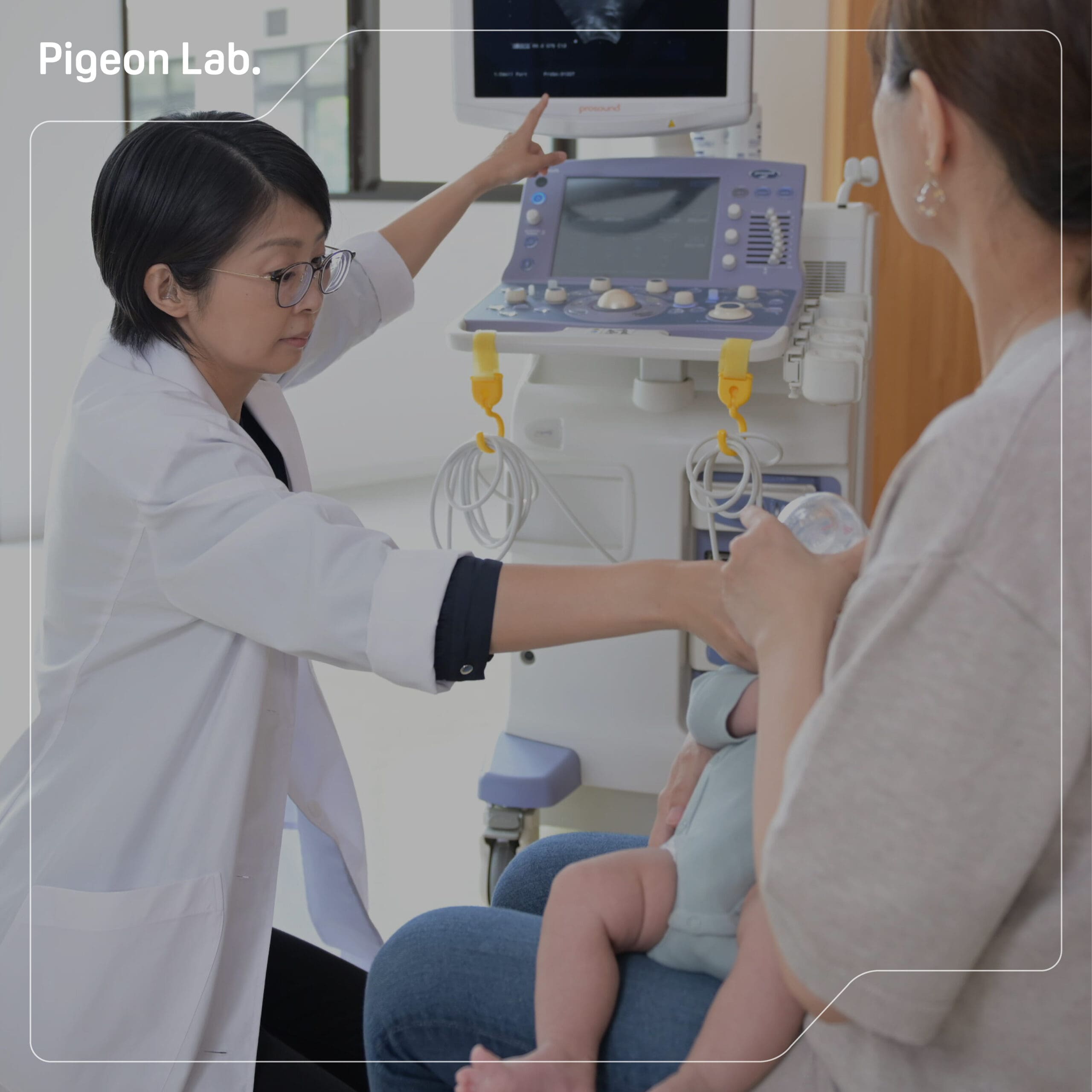Get your post-pregnancy body back in shape with these easy fitness tips!
#1 Try low-impact workouts
One of the most common questions women will ask is when would they be able to start exercising again after giving birth. This depends on your method of delivery – a rule of thumb is to wait six weeks following a natural birth, and eight weeks if you had a caesarean section. Of course, you also have to take into consideration the type of exercise you wish to take.
Instead of jumping right back into high-intensity workouts, start off with low-impact exercise as a warm-up. Pilates is a great way to kickstart your postpartum workout – it’s one of the most adaptable and beneficial exercises that not only re-energises your core muscles but also helps you to relax, which is ideal for women who have gone through months of tremendous changes and stress. Pilates incorporates deep breathing techniques that keep your body and brain functions at its optimal, giving you a renewed sense of energy and mental clarity.
Here are some postnatal core strength exercises to start off:
Pelvic tilts: This is a great starter move for strengthening your abdominal muscles, all while boosting your lower back stability.
Half roll-back: Try this in a seated position to open up the chest and engage the upper body. Your spine will thank you for this one!
Shoulder and chest openers: These are perfect for stretching out your shoulder and chest muscles. Plus, it helps to relieve back pain and improve your posture. We recommend starting in a lying down position, then moving on to a seated or a standing position (with a resistance band).
Other moderate activities such as some light walking, stretching and strength training will help to ease you back into the routine, too.
#2 Strengthen your core
Many new mums experience post-pregnancy conditions such as diastasis recti, urinary incontinence and postpartum depression, but Pilates can certainly help with that.
For those with the dreaded belly pooch, you’ll be glad to know that Pilates is effective in healing diastasis recti as it helps to strengthen the abdominals. It’s also great for working your pelvic floor muscles, which eases symptoms of urinary incontinence. And while there’s no science-backed evidence to prove that Pilates helps with postpartum depression, it’s no secret that exercise releases a ton of feel-good endorphins that will put you in a better mood and a healthier frame of mind. What’s not to love about Pilates?
#3 Take things slow
Again, you may wonder how long it will take before you’re able to return to your full exercise regime. There’s no fixed answer to this. But remember that your body went through nine months of changes and it will take time to bounce back to your pre-pregnancy self.
As you transition into the first few months of motherhood, it’s hard enough to manage the demands of a newborn on top of your new lifestyle, let alone trying to fit in some time for exercise. The key is to take it easy and be patient with yourselves – rushing into things can lead to injuries, so allow yourself to slow down and let your body heal.
#4 Be aware of risks
We can’t stress this enough; pay attention to your body and watch out for warning signs! If you’re not feeling great on that day, it’s best to scale down on the intensity and duration of your workouts. If you’re experiencing symptoms such as back pain, pelvic pain or abdominal pain, contact your doctor or physiotherapist before engaging in any postpanal activities so they can give advice on what’s safe for you.
With these tips in mind, you’ll be on your way to a fitter and healthier you in no time!
